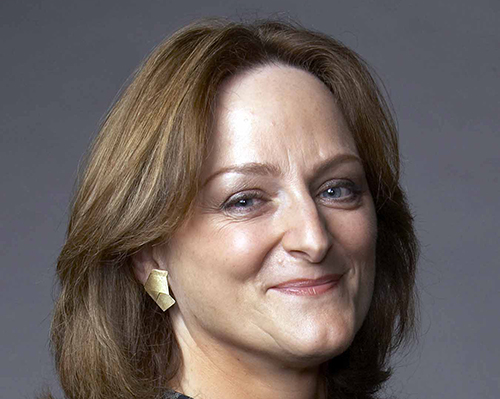
In the Aprill 2022 issue of Scientific American Meg Urry, Israel Munson Professor of Physics, was one of several astronomers whose professonal journey in the field of astronomy as women was chronicled as part of the article “Women Are Creating a New Culture for Astronomy” by Ann Finkbeiner.
Some people hold the misconception that increasing diversity in the field is in opposition to standards of excellence, but the opposite is true. It obviously makes no sense to severely restrict the talent pool (e.g., white men constitute about 1/3 of the US population) and research has shown that different approaches and ways of thinking more often lead to conceptual breakthroughs than dohomogeneous groups.
In light of this article, I asked Prof. Urry to comment on how physics compares and what we need to do to improve things, she stated, “The percentage of physicists who are women (~20% today, measured for PhD recipients) has long been about half the percentage of astronomers who are women (~40% today). This is strange because physics and astronomy utilize the same skill set. Both numbers are increasing, astronomy faster than physics. Today, physics is about where astronomy was 25 years ago, so we can see that there is still a long way to go.
Over many decades, women pushed for change in astronomy—for example, with the Baltimore Charter and a series of meetings on women in astronomy—but because men held all the leadership positions, it was essential that they too worked for gender equity. Likewise, in physics, men must also push for increased equity and inclusion of traditionally excluded groups, like women, people of color, the LGBTQ community, military veterans, religious minorities, and so on. These “outsider groups” have much to offer and will strengthen our profession for the future.
Some people hold the misconception that increasing diversity in the field is in opposition to standards of excellence, but the opposite is true. It obviously makes no sense to severely restrict the talent pool (e.g., white men constitute about 1/3 of the US population) and research has shown that different approaches and ways of thinking more often lead to conceptual breakthroughs than dohomogeneous groups.”
Please see below read the full article.